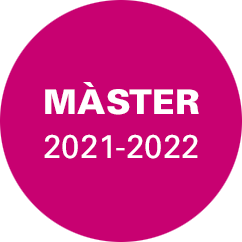
The present work focuses on the period of construction of the Ethiopian state during the critical phase of 1855 to 1911, coinciding with the reign of the emperors Tewodros II, Yohannes IV and Menelik II. The object of analysis is the Italo-Ethiopian conflict as the founder of the modern conception of the state in combination with a dynamic of centralization and agglutination initiated in the mid-nineteenth century. This dynamic of centralization is not, however, entirely novel.
The objective is to carry out a double contribution: first, we propose an approximation to the history of Ethiopia from the presentation of the historical journey of that country, although limiting ourselves to its political development and to some of the debates that the specialists on the country or on North-East Africa, they consider it of the utmost importance. The idea is to start an investigation that in my opinion lacks tradition in Spain, despite the significant presence of specialists in Africa for certain periods and regional areas.
Second, we suggest an analysis of the period from 1855 to 1911 as a key period in modern Ethiopia, adopting the term Modernization as a category of analysis. This is based on a truly real process, although it is distinguishable from others such as development or industrialization. The Ethiopian case is, in material terms or infrastructure, barely tangible. However, from the perspective of a cultural penetration and, above all, the construction of the State, it takes full force. The independence achieved from the Battle of Adwa and the stabilization process that followed is the clear frame of reference in our study. It is, then, the founding elements of this construction or rebirth of the traditional State on a recent process. The comparison with other modernization cases, such as Japan and Egypt, places the process of modernization as such in a broader context. The contributions that this document offers are the analysis of the Ethiopian modernizing process in particular, together with the comparative proposal (on a set of characteristics, and not quantitative), on the one hand, and on the other, an almost pioneering approach to history of this country are the contributions that this work offers.



